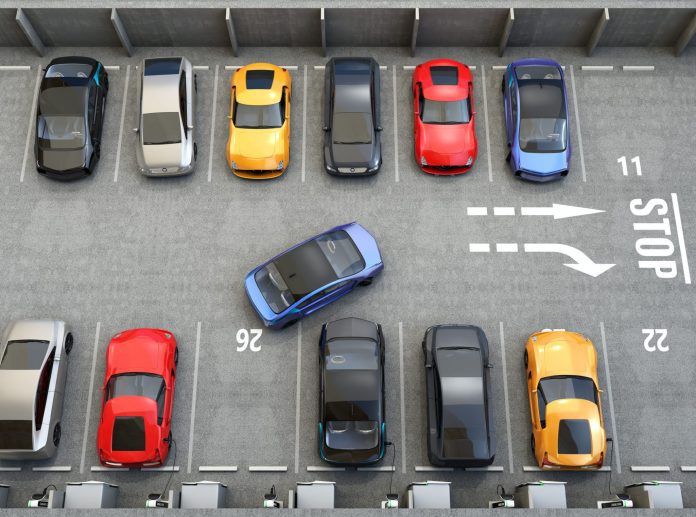Learn about how smart parking fits into the IoT ecosystem
The smart parking industry continues to grow and has emerged as a major internet of things (IoT) use case that falls under the umbrella of smart transportation. An increasing number of cities around the world struggle with traffic congestion and lack of parking space. One of the main reasons for the increasing adoption of parking-related solutions is the technology components aren’t that difficult or complex in terms of deployment and management. Smart parking solutions also help cities to reduce congestion and pollution as they eliminate the need for vehicles to circle looking for spaces. Smart parking uses technology to directly improve quality-of-life of citizens.
While the deployment of sensor technologies continues to be core to the development of smart parking solutions, a number of additional technology innovations are also enabling more adaptable systems—including cameras, wireless communications, data analytics, induction loops, smart parking meters, and advanced algorithms.
The sector is expected to be significantly influenced by the arrival of automated vehicles (AVs). Several cities around the world are already carrying out trials with self-parking vehicles, specialized AV parking lots, and robotic parking valets.
In Boulder, Colorado, ParkPlus is deploying a fully automated parking garage in Boulder’s PearlWest mixed-use development. This automated parking system uses lasers to scan vehicles and a robotic valet to park the cars. Vehicles are transported by a robotic dolly that lifts and transfers them to storage racks.
Telecom operators and vendors are also working on the development of smart parking technology. Last year Chinese vendor Huawei and U.K.-based telecoms group Vodafone completed the first trial on commercial networks for pre-standard NB-IoT smart parking in Spain, which built on earlier partnership that tested out narrowband-internet of things (NB-IoT) for smart utility metering. The smart parking trial covered various indoor parking spots. Huawei said that smart parking will allow users to access parking data remotely, from mobile application, including checking parking spot availability and navigating to the available spots, among other features. The Chinese vendor also said that the solution will create new revenue streams for municipal management, lower public parking running costs, as well as helping to alleviate traffic congestion.
Earlier this year, Chinese vendor ZTE has unveiled its NB-IoTsmart parking system. The ZTE NB-IoT smart parking system includes an internet-of-things data unit (IDU), an internet-of-things operation platform (IOP) and a mobile app. At present, the ZTE NB-IoT smart parking system has been put into commercial trials in Shenzhen and Nanjing, China.
German car maker Audi has also implemented an automated parking solution for its factory in Ingolstadt, Germany. The site covers an area of more than 2,700,000 square meters – equivalent to more than 300 soccer pitches, and houses 43,192 employees. All of those employees must find parking in a growing lot of more than 5,000 spaces encompassing an area of 830,000 square meters. According to a case study, Audi turned to Urbiotica, a Spanish company founded on wireless sensor networks, to create a smart parking lot to reduce congestion and create a more efficient work environment.
This solution uses three elements, including a sensing system, data transmission elements and software management platform. According to the Spanish company, the smart parking solution offers four main benefits, including greater rotation and occupancy of car park; reduction in traffic flow produced by looking for parking; increased worker and visitor satisfaction and experience; and improved environmental quality.

